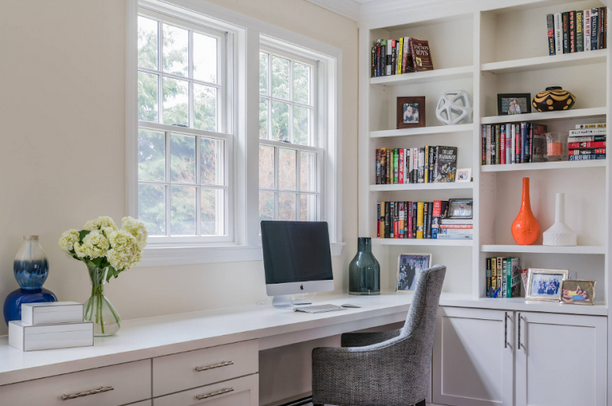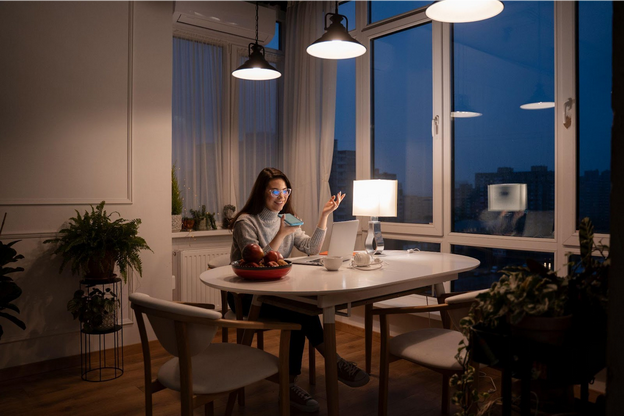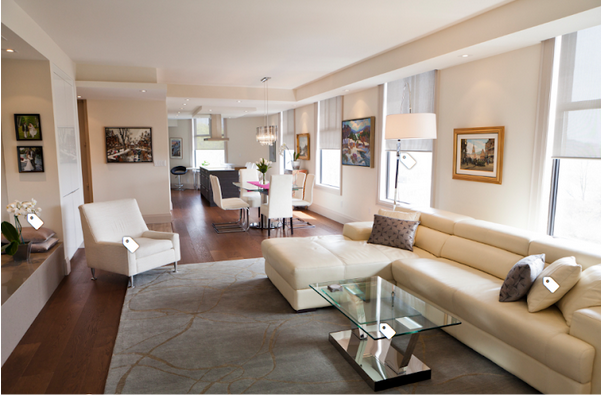Why lighting matters for WFH productivity

The work-from-home (WFH) setup is here to stay, with many companies continuing to adopt a hybrid approach. This shift is mainly driven by the advantages of remote work, such as improved work-life balance and job satisfaction.
In the Philippines, recent statistics show that 85 percent of workers report positive or neutral job satisfaction, a significant increase from the 68 percent recorded before the pandemic. One of the reasons for this is the normalization of remote work. Additionally, the unemployment rate has fallen to 4 percent as of August 2024, with more women joining the labor force.
Challenges in home setup
The transition to WFH has led to changes in work environments, as many employees now work from their bedrooms, dining rooms, or living rooms. These spaces were not originally designed as home offices, raising concerns about the adequacy of lighting conditions for productivity.
Studies have shown that lighting plays a crucial role in productivity. Illuminance levels can significantly impact motivation and performance. However, many home offices do not meet the recommended standards for office lighting, leading to potential issues such as eye strain.
To address these challenges, it is essential to redesign home offices to create more conducive work environments. Improving lighting conditions is a key part of this process, and factors such as daylighting, illuminance, and lighting control should be considered to enhance productivity.
Productivity factors
The interest in the qualities of a productive work environment has long been a focus in the field of architecture, interior design, and lighting design.
Clements-Croome defines a productive environment as the satisfaction and feeling of occupants regarding their environment, which affects their performance. Research have identified conditions, components, and factors for a productive work environment, and lighting is a critical factor.

It has been widely accepted that the use of color correlated temperature (CCT)—how “warm” or “cool” a light appears—is essential for the productivity of users.
A cool color temperature or a CCT of 4,000 to 5,000 Kelvin is ideal for office settings. But Zeng and company’s recent research states that office CCT cannot be generalized, and has to be assessed for different scenarios. Additionally, Kralikova and her team found that different lighting conditions can impact how well people perform tasks, suggesting that good lighting design needs input from various fields.
Veitch also highlighted six factors, including how well you can see, how you perform tasks, and your mood, which are important for a productive work environment. Despite many studies on work environments, there is still much research needed on proper lighting for home offices.
The right mix
Good lighting is not just about how bright it is. It is about the right mix of natural light, the ability to control the light, and the color and layering of lights to make the space comfortable and productive.
This is especially important for people working from home in the metropolis, where many homes, apartments, and condos were not initially designed for office work. As a result, lighting conditions in these spaces often fall short of the standards required for productive work environments.

For example, bedrooms and living rooms typically have lower illuminance levels, which can lead to eye strain and decreased motivation. The minimum maintained illuminance for reading is 300 lux, while more intensive and focused activities such as drafting, proofreading, and needlework will require a maintained illuminance of at least 500 lux.
Daylighting for well-being
Daylighting is crucial for work productivity as it helps regulate circadian rhythms, promoting better sleep quality and higher alertness during working hours.
Access to natural light has been shown to reduce eye strain and improve mood, leading to enhanced performance and overall well-being. Employees working in environments with natural light are more productive than those in poorly lit spaces.
Conducive home offices
It may also be noteworthy for employers to take a closer look at the work conditions of their employees in their homes. Support should be given to them, as these redound back to the health and productivity of the company.Existing lighting conditions in home offices often fall short of industry standards, impacting productivity.
As homes were not initially designed for office work, the abrupt change in work environments necessitates redesigns to create conducive home offices. Addressing lighting issues is essential for optimizing productivity and well-being in remote work settings.
References:
Clements-Croome, D. & Kaluarachchi, Y. (2000). Chapter 10: Assessment and measurement of productivity. Clements-Croome, D. (Ed.). Creating the productive workplace. London: E & FN Spon.
Králiková, R., Piňosová, M. & Hricová, B. (2016). Lighting quality and its effects on productivity and human healths. International Journal of Interdisciplinarity in Theory and Practice.
Philippine Statistics Authority. (2023). Labor Force Survey | Philippine Statistics Authority | Republic of the Philippines. Psa.gov.ph. https://psa.gov.ph/statistics/labor-force-survey
Veitch, J. (2020). Chapter 13: Creating high-quality workplaces using lighting. Clements-Croome, D. (Ed.). Creating the productive workplace. London: E & FN Spon.
Zeng, Y., Sun, H., Yu, J., & Lin, B. (2022). Effects of correlated color temperature of office light on subjective perception, mood and task performance. Building and Environment, 224, 109508. https://doi.org/10.1016/j.buildenv.2022.109508
Richelle Rhea R. Baria is a dedicated mother of three and an architect. She is an Assistant Professor and is currently pursuing her PhD in Designed and Built Environment (DBE) at the University of the Philippines Diliman, where she also serves the Urban Design Studio Laboratory Coordinator. Her research and design interests encompass architectural and urban design, architectural and urban lighting, the creation of women’s spaces, and the development of resilient coastal cities.

















